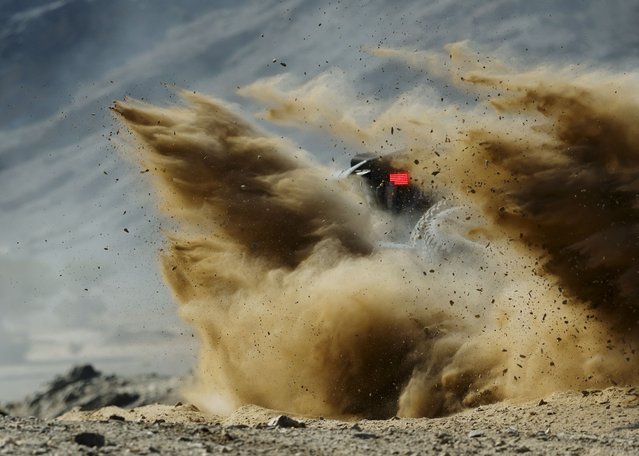
“Sociomobile” by Jasleen Kaur goes on view as part of the 2024 Turner Prize exhibition at TATE Britain on September 24, 2024 in London, England. This year marks the 40th anniversary of the Turner Prize, and it returns to Tate Britain for the first time since 2018. The prestigious award is presented annually to a British artist who has delivered an exceptional exhibition or presentation of their work. The four artists shortlisted for the 2024 Turner Prize are Pio Abad, Claudette Johnson, Jasleen Kaur, and Delaine Le Bas. (Photo by Tristan Fewings/Getty Images)








